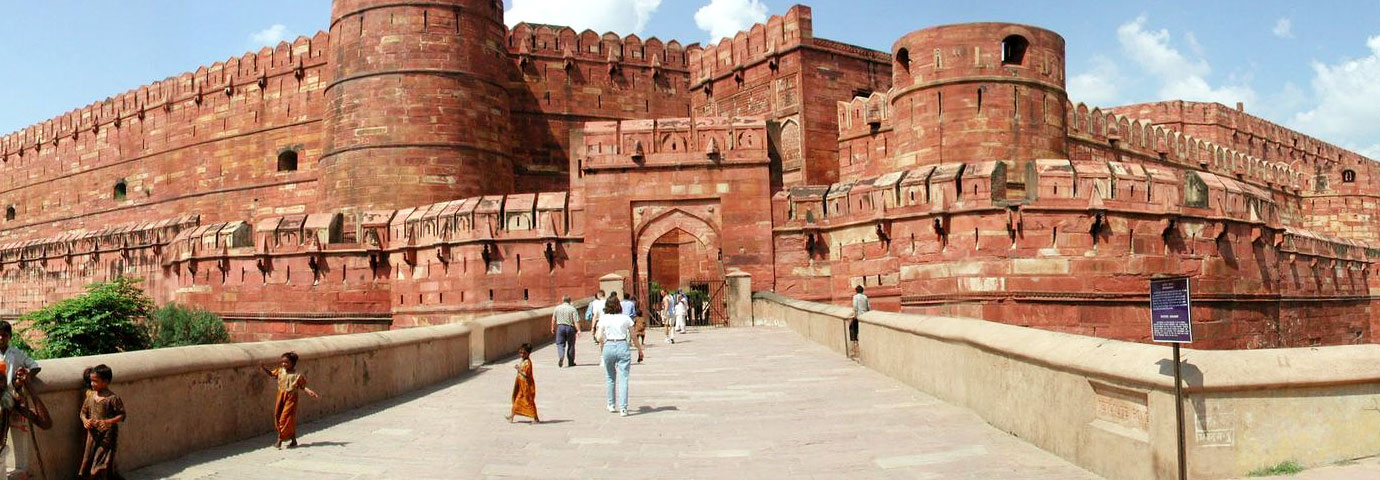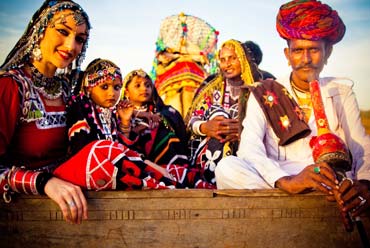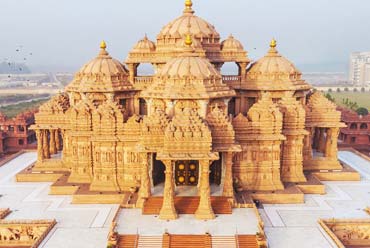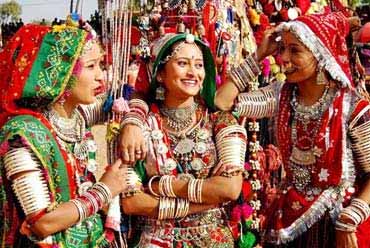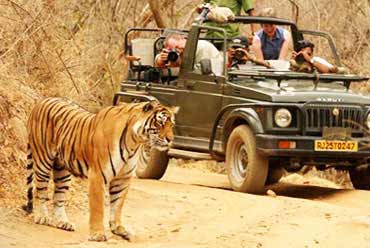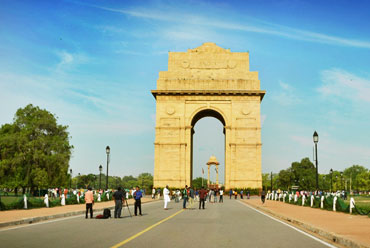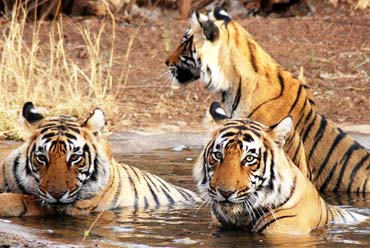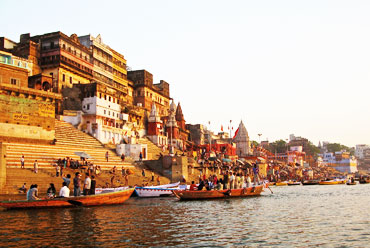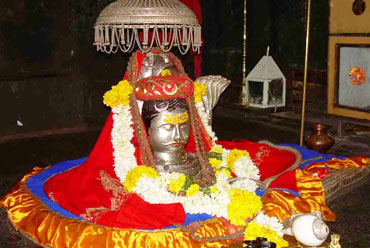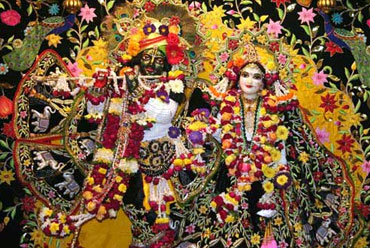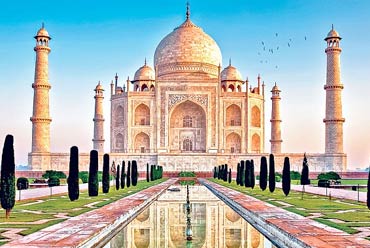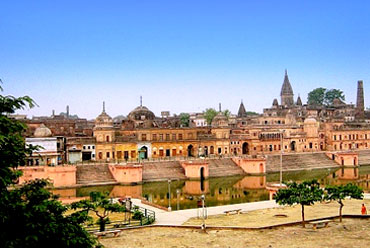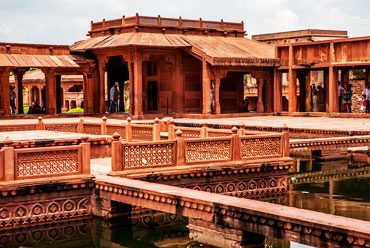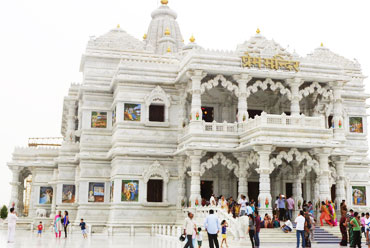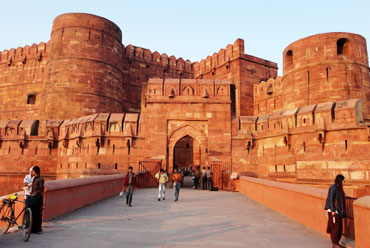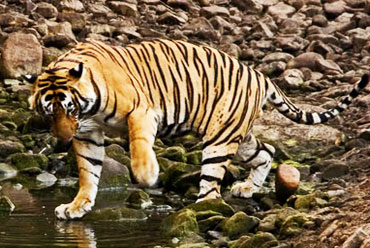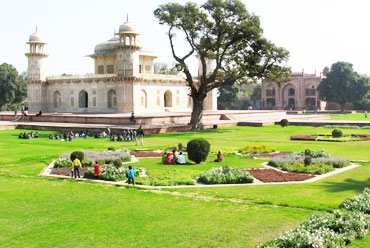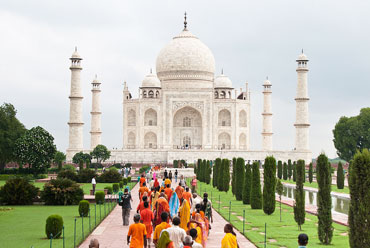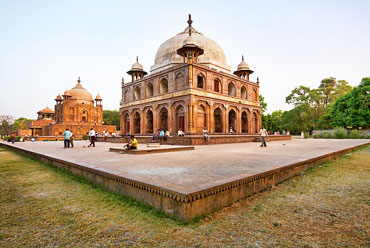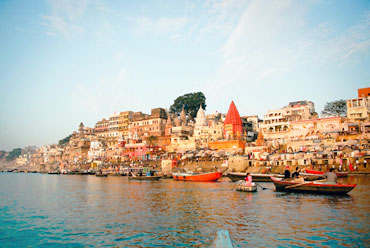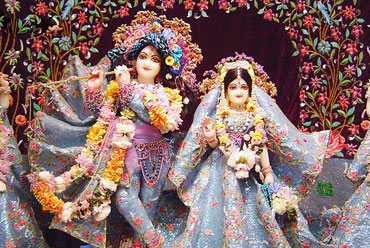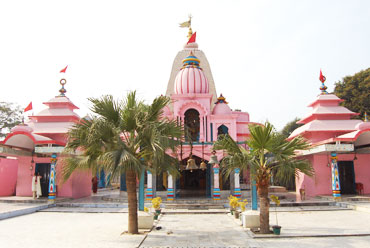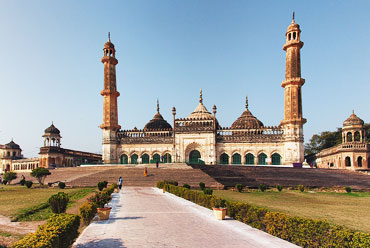Uttar Pradesh is the microcosm of India, multicultural, multiracial, conglomeration of fabulous wealth of nature-hills, valleys, rivers, forests, and vast plains. Viewed as the largest tourist destination in India, Uttar Pradesh boasts of 35 million domestic tourists. Its tourism promotion budget is bigger than that of government of India and half of the states of the Indian union combined. Uttar Pradesh is studded with places of tourist attractions across a wide spectrum of interest to people of diverse interests.
The seventh most populated state of the world, Uttar Pradesh can lay claim to be the oldest seat of India's culture and civilization. It has been characterized as the cradle of Indian civilization and culture because it is around the Ganga that the ancient cities and towns sprang up.
Location
Uttar Pradesh lies between latitude 24°-31°N and longitude 77°-84°E. Area wise, it is the fourth largest state of India. In sheer magnitude, it is half of the area of France, three times of Portugal, four times of Ireland, seven times of Switzerland, ten times of Belgium and a little bigger than England.
History
Uttar Pradesh has an enormous historical legacy. The renowned epics of Hinduism-the Ramayana and the Mahabharata-were written in Uttar Pradesh. Uttar Pradesh also had the glory of being home to Lord Buddha. It has now been established that Gautama Buddha spent most of his life in eastern Uttar Pradesh, wandering from place to place preaching his sermons.
The empire of Chandra Gupta Maurya extended nearly over the whole of Uttar Pradesh. Edicts of this period have been found at Allahabad, Varanasi, and Dehradun. After the fall of the Mauryas, the present state of Uttar Pradesh was divided into four parts: Surseva, North Panchal, Kosal, and Kaushambi. The western part of Uttar Pradesh saw the advent of the Shaks in the second century BC. Not much is known of the history of the state during the times of Kanishka and his successors.
The Gupta Empire ruled over nearly the whole of Uttar Pradesh, and it was during this time that culture and architecture reached its peak. The decline of the Guptas coincided with the attacks of Huns from Central Asia who succeeded establishing their influence right up to Gwalior in Madhya Pradesh. The seventh century witnessed the taking over of Kannauj by Harshavardhan.
In 1526, Babur laid the foundation of the Mughal dynasty. He defeated Ibrahim Lodi in the battle of Panipat. Babar carried out extensive campaign in various parts of Uttar Pradesh. He defeated the Rajputs near Fatehpur Sikri while his son Humayun conquered Jaunpur and Ghazipur, after having brought the whole of Awadh under his control. After Babur's death (1530), his son Humayun forfeited the empire after being defeated at the hands of Sher Shah Suri at Kannauj. After the death of Sher Shah Suri in 1545, Humayun once again regained his empire but died soon after.
His son Akbar proved to be the greatest of Mughals. His established a unified empire over nearly the whole of the India. During his period, Agra became the capital of India and became heartland of culture and arts. Akbar laid the foundation of modern Indian administration in many respects. His reign saw peace, tranquility, and progress. He constructed huge forts in Agra and Allahabad. He shifted his capital to a city called Fatehpur Sikri close to Agra that for some years became the hub of administration.
In 1605, Akbar died and was succeeded by his son Jahangir. The period of Jahangir saw arts and culture reach a new high. However, politically and administratively, the real power during this time rested with the queen Nurjahan.
In 1627, after the death of Jahangir, his son Shahjahan ascended the throne. The period of Shahjahan is known as the golden period of India in art, culture, and architecture. It was during his reign that the classical wonder Taj Mahal was built in memory of his wife Mumtaz Mahal. He also constructed the famous Red Fort in Delhi as well as the Jama Masjid and Moti Mahal.
During his later life, Shahjahan was deposed by his son Aurangzeb. Aurangzeb shifted his capital to Delhi, where he kept his father Shahjahan imprisoned until his death. The régime of Aurangzeb saw innumerable revolts and riots; the whole of Rajputana and the Deccan became restive. However, it was during his reign that the Mughal Empire reached its peak in terms of geographic expansion. But with the death of Aurangzeb in 1707, the Mughal Empire declined at an amazing pace.
Modern-day Uttar Pradesh saw the rise of important freedom fighters on the national scenario. Lal Bahadur Shastri, Jawaharlal Nehru, Smt. Indira Gandhi, and Charan Singh were only a few of the important names who played a significant role in India's freedom movement and also rose to become the prime ministers of this great nation.

